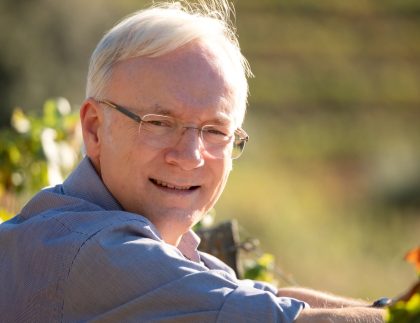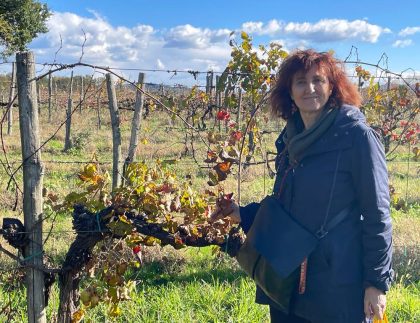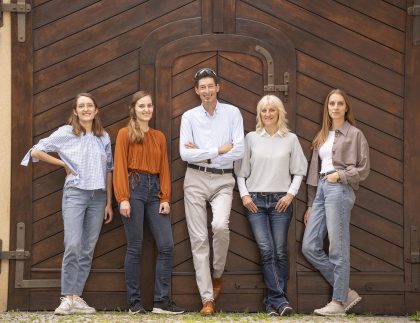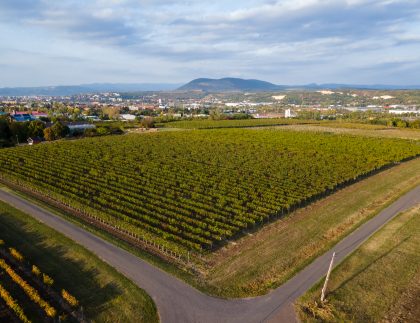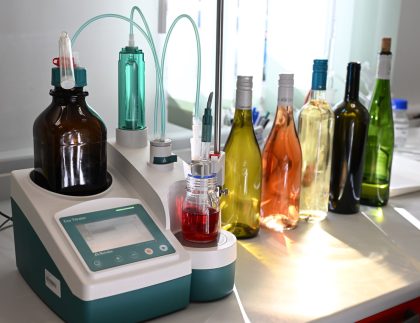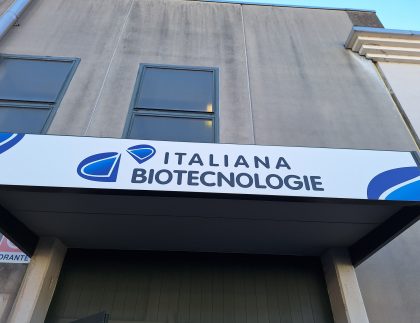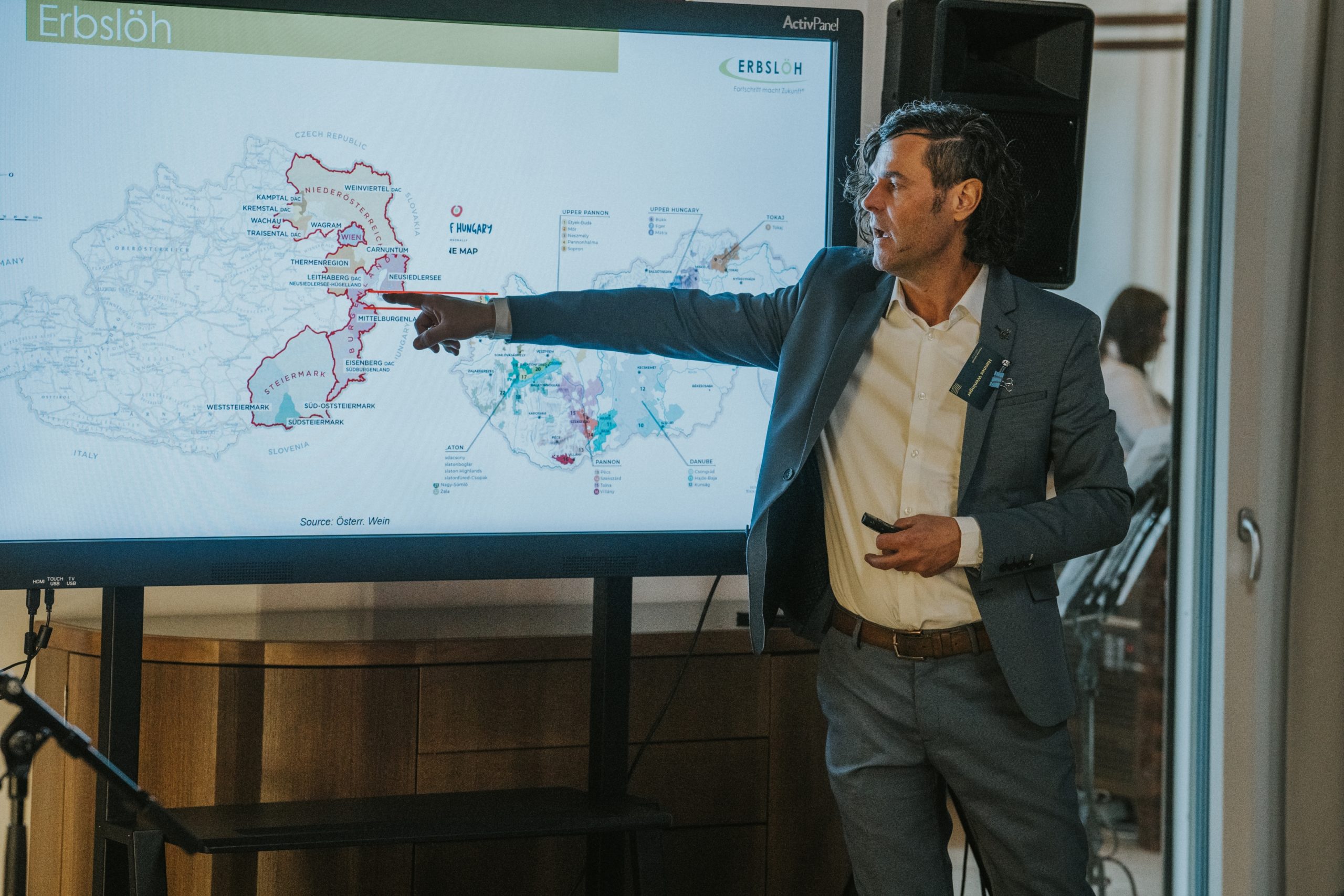
- Viticulture and winemaking owe much of their authenticity to centuries-old traditions—traditions that for a long time evolved slowly and deliberately. However, the technological and market revolution of the 20th century has brought significant changes, and today, the dynamically shifting natural conditions compel experts to rethink their approaches. We interviewed Hannes Weninger, the Austrian presenter of the Eger Wine Meetup, to learn more about his insights.
- Austria has been positioned as a cool-climate wine country. Will climate change affect its most iconic wine styles?
- The Austrian wine style is known for fruity and lively wines, both white and red. Any kind of extreme weather conditions have an influence on this character. In recent years, extremely warm and dry weather conditions have increasingly been observed during the summer months. This has had a very strong influence on the vegetation of the vines. The result was alcohol-rich wines with less fruit and in the white wines with increased and different tannin content. I would therefore answer the question in the affirmative.
- How would you describe climate change’s current effect on Austria’s wine industry?
- Fortunately, I don’t think there are any effects from the consumer side yet.
- For winegrowers, however, this is more challenging. I prefer the term ‘weather extremes’ to climate change, which is of course part of climate change. The term ‘weather extremes’ also reflects the situation in Austria. In our small wine-growing region, we had drought, heat and overripeness in some areas one year and sometimes the exact opposite in other areas – lots of water and physiologically not yet fully ripe grapes. The following year was completely different again. I understand this as weather extremes and this is the biggest challenge for the winegrower. The work and treatments in the vineyard therefore become even more important in order to make the right decisions at short notice to produce fruity, fresh wines. However, this becomes more difficult for the winegrower from year to year. A wet spring can be followed by an extremely dry summer and vice versa.
- Many wineries have their methods for deciding the timing of the harvest. Does this have to change?
- Yes, the winegrowers are more challenged here. The statement – as we have always done – should definitely be reconsidered. Some are already doing it, starting with different methods of foliage work through to multiple harvest runs. This optimises the fruit and minimises the risk.
- Besides vine growing and harvesting, does climate change affect the work in the cellar, too?
- Cellar techniques and technology can be very valuable tools to counteract these changes. The winegrower can optimise through conscious and targeted use. For example, harvesting at night when it is 35-40°C during the day. Furthermore – targeted polyphenol treatments – there are many and very bitter tannins, especially during drought stress. If these are not reduced, the fruit is masked and the wines age more quickly. The correct selection of dry yeasts is also very important in different years, i.e. which yeast for warm or cool vintages and under which conditions.
- ERBSLÖH Geisenheim GmbH continuously invests in research and development. What are the current research projects focusing on grape growing?
- Our company is primarily concerned with fruit processing technology. There are already various approaches for winegrowers to achieve optimisation. A few years ago, we also developed a very exciting natural yeast (no GMO) that produces glycerine instead of part of the alcohol. This yeast – Oenoferm LA-HOG – was intended to counteract the increased sugar content and thus increased alcohol content or inharmonious wines. However, the application and the framework conditions were of greater importance here. The positive side effect of this yeast was that the wines were much fruitier and livelier. Sometimes even too fruity in some cases and the wines were used for cuvetting. With this yeast, up to 2.0 vol% less alcohol could be produced during fermentation; as a rule, we were at 0.5 vol%.
For some years now, we have had a natural clay mineral product on the market to form a protective layer on the grapes in the vineyard. This product – GrapeGuard® – is a mineral UV protection for vines and supports the drought resistance of vines and minimises stress factors. High radiation intensity, sunburn and heat stress affect the yield and quality of the grapes. - Our current projects are primarily focussed on microbiology. Here, climate change presents us with a great challenge for our yeasts and enzymes to carry out a familiar technology. Unfortunately, overripe and warm processing temperatures are also favoured by undesirable microorganisms. this means that processing technology and the targeted use of yeasts and enzymes are more important than ever before.
- Our company is primarily concerned with fruit processing technology. There are already various approaches for winegrowers to achieve optimisation. A few years ago, we also developed a very exciting natural yeast (no GMO) that produces glycerine instead of part of the alcohol. This yeast – Oenoferm LA-HOG – was intended to counteract the increased sugar content and thus increased alcohol content or inharmonious wines. However, the application and the framework conditions were of greater importance here. The positive side effect of this yeast was that the wines were much fruitier and livelier. Sometimes even too fruity in some cases and the wines were used for cuvetting. With this yeast, up to 2.0 vol% less alcohol could be produced during fermentation; as a rule, we were at 0.5 vol%.
